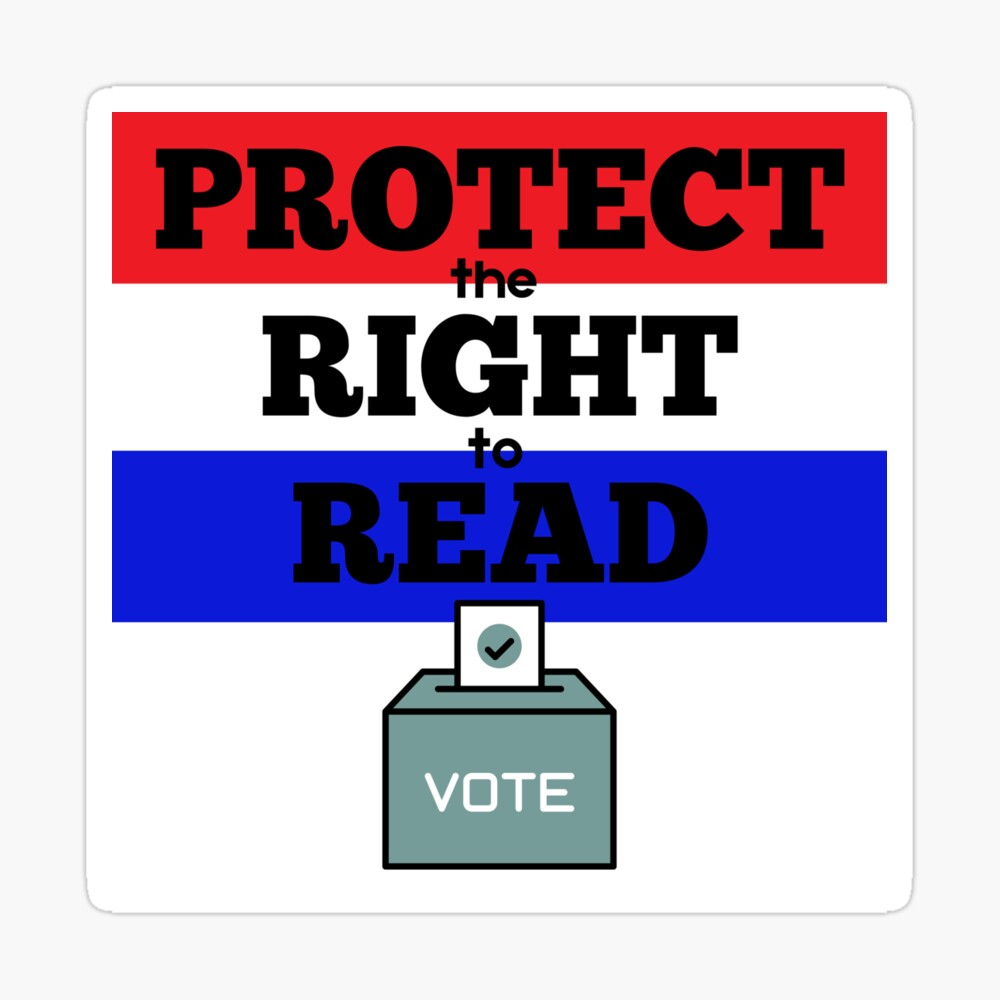One of the questions I’m asked most is about writing process and the *best* way to write a book. The honest answer, though, is that there is no best way, only whatever works for you, and it’ll most likely change the more you write.
Outlining is considered a dirty word by many writers. Some say it makes a story formulaic. Others say it takes the fun of discovery out of writing. For me, neither of those is true. Outlining is a tool that has helped me learn how to tell stories better and write them faster.
I didn’t start out an outliner. When I wrote my first novel (many stories before I wrote THE BOY, THE BOAT, AND THE BEAST), I was a pantser, writing from the seat of my pants until I got to an end, then revising and revising again. As a pantser, all I knew when I started a story was the main premise, main characters and situation. I also had to know the end. It might not have ended up being the actual ending, but I needed a place to aim for as I wrote. I was still using this process when I wrote THE BOY, THE BOAT, AND THE BEAST, and as I wrote the first draft, I remember many times when I had no idea what the character should do next, so I thought, he’ll walk this way, and I’d try it. Sometimes it led to something good and sometimes what it led to would be cut, but at least I kept writing.
This process meant a lot of full-novel revisions before I really knew what the story was. In fact, I didn’t truly know the heart of THE BOY, THE BOAT, AND THE BEAST until I got to the end of the first draft and had to weave it in during multiple later revisions. The structure was also unbalanced in the early drafts, with some of the scarier parts near the beginning (when I had thought of them) instead of near the end, where they belonged.
I learned a lot while I was working on that book, and one of my biggest breakthroughs came when I watched author Dan Wells’ Story Structure videos on YouTube. The five 5-minute videos, which make up one seminar Dan Wells gave years ago, was a huge turning point for me as a writer, and I’ve recommended them to so many people. I still recommend them to writers all the time.
In the videos, Dan Wells details a seven-point story structure: a hook, plot turn 1, pinch point 1, midpoint, pinch point 2, plot turn 2, then resolution. I won’t go into them here, because you should watch the videos. He explains them so well, and even shows how this structure can be used for multiple storylines in the same book. Brilliant!
This seven-point structure was a great stepping stone to outlining for me. It gave me the main bones for my story but still enough space for me to pants everything in between—and there is a LOT of story between those points. As my process evolved, I would figure out the seven points of the story, then put them aside and start writing the book with those points in mind. I usually got lost around 10K words in, then I’d compare what I had to my seven points, see where I’d gone astray, re-write the seven points with the new details that I now knew about the story and characters, then click “Save As” and start revising from the beginning with the new seven points in mind. I’d do that as many times as I needed to figure out the story, until I could write all the way through. This process worked well. It still required many revisions after that first full draft, but the structure was more solid.
When I was writing ARROW, though, the story was more complex than any of the other stories I had written, and it took a lot of work to figure out the best way to tell it. Using this seven-point process, I did seven “Save As” versions and I still hadn’t figured out how to properly tell the story. I needed more help. A friend had just had success with Save the Cat, so I thought I’d give it a try.
Save the Cat is created by screenwriter Blake Snyder. He analyzed film after film to come up with his interpretation of the classic hero’s journey. The process is aimed at screenwriters, but works for any story. (Jessica Brody wrote a Save the Cat Writes a Novel version, but I haven’t read it yet.) Save the Cat uses a 15-point structure, with funny names like “Bad Guys Close In”, and Blake Snyder tells writers to create beats within those 15 points to fully flesh out the story. The former pantser in me had a hard time mapping out every beat, but having those 15 points helped me greatly. I was able to get a strong structure for ARROW, strong enough that my first full draft only had a polish before my editor at Paula Wiseman Books/Simon & Schuster acquired it.
After ARROW sold, I had the opportunity to audition for a new series Penguin Workshop was putting together. This time, the book would be sold on proposal, so I didn’t have the luxury of figuring out the story while I wrote the first draft. I used Save the Cat to help me figure out a solid outline and wrote the first three chapters. The series editors bought that book too! My editors made small suggestions to the outline. When I wrote the first draft, I worked off the outline but a lot of creativity was still needed in developing the characters and the world, as well as fleshing out all the scenes that didn’t appear in the outline. The book required only a fewer small revisions, and AMERICAN HORSE TALES: HOLLYWOOD is coming out on June 29, a week after ARROW.
I’m always listening to award-winning authors and best-selling authors talk about their process, hoping to find new tools that could work for me. Some are pantsers who don’t like the pressure of deadlines. Some are outliners who spend more time revising the words and language since the structure is taken care of. Some are somewhere in between.
When I talk about writing process to kids during school visits, I liken it to going on a journey to, say, New York. There are plenty of ways you can go—plane, train, car, direct, exploring along the way—but each way will end up in the same place. And each time you write a book, your process will grow and evolve. It doesn’t matter how you write your story, just that you write it.
Are you a pantser or an outliner? How has your process evolved? Tell me in the comments.






